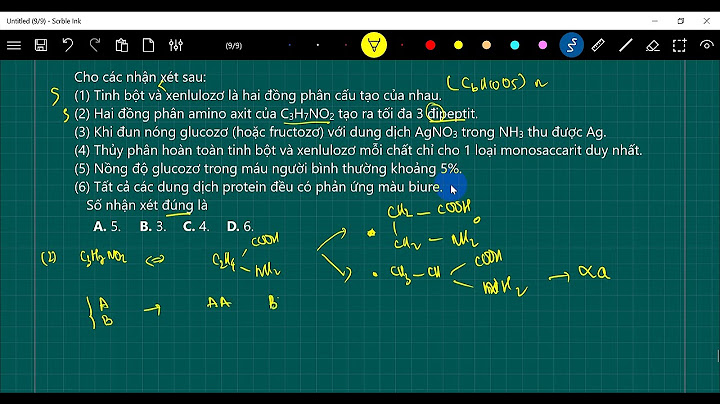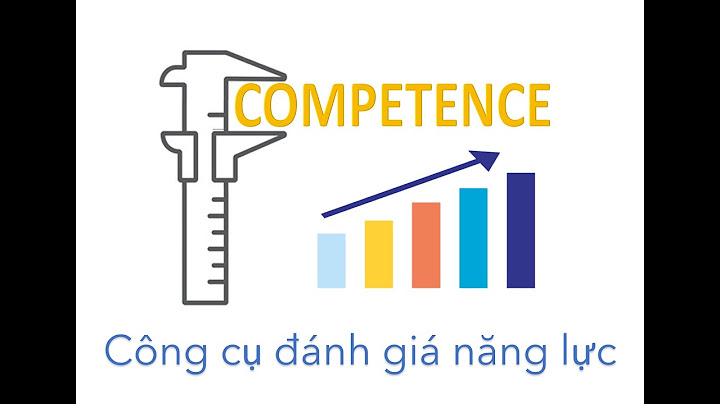Before I knew very much about lens mounts, I had at least discovered that before bayonet mounts became the norm, the most widely used way to attach a lens to a camera was to screw it in. And the most common mount was M42, developed in the late 1930s, and used extensively in the 60s and 70s especially by manufacturers like Asahi Pentax, Praktica, Fujica, Yashica, and Zenit. Because it’s a simple screw thread, a plethora of simple adapters were (and are) available to allow mounting an M42 lens on to a camera with a bayonet mount, like Pentax K, Minolta MC/MD, Canon EOS or Contax/Yashica C/Y, to name a few. These days a whole new range of M42 adapters exist to use these screw mount lenses on DSLRs and mirrorless bodies too. But why would you want to mount an ancient screw thread lens made decades ago on a newer film or digital camera? If I had to answer in one word, I’d say Takumar. Asahi Pentax made a huge range of Takumar lenses, most of which are magnificent to use and deliver wonderful results. But this post isn’t about Takumar! It’s about the Helios 44 range, which of course, were also made extensively in M42 mount. And they’re another excellent reason to dip your toe into the world of M42.  If you want the potted history of the Helios 44, this is not the article. Google it and you’ll find plenty of comprehensive information. Instead this is about my own experience with perhaps 25 or more Helios 44 lenses, and which one you should look out for. First, a very brief overview of the spec. Its focal length is 58mm, so a longer “normal” lens on 35mm film, and getting towards more of a portrait or short tele lens when adapted to digital, depending on your camera/sensor. 58mm on an APS-C sensor with 1.5x crop factor (DSLRs, Sony E mount etc) will give an equivalent field of view of 87mm. On Micro Four Thirds the crop factor is 2x, so the 58mm Helios equates to 116mm. So why should you want a Helios 44 lens at all? Simply because they’re one of the most characterful vintage lenses across all mounts, offering a lovely combination of sharpness and dreamy bokeh (the out of focus background of a photograph). Also, because they’re plentiful, and very affordable. And thirdly, they can most likely be adapted to a camera you already own.  There are many variations of the Helios 44. Let’s begin by ensuring you get hold of one that is M42 mount. They also exist in another screw thread mount called M39, but this is not compatible with M42. So the first step is to check the lens you’re looking at is M42. Beyond that, there are many variations, and even within one model type there are variations between colours (black with white and red paint, black with yellow and green paint etc), and where they were made (note the different symbol on the body that denotes which factory in the former Soviet Union). I have owned at least one variation of the following models – 44-2, 44-3, 44M, 44M-4, 44M-5 and 44M-6. There are other models, but as long as it starts with Helios 44, then its part of the same family, and the image quality and characteristics are much the same across all of them, in my experience. The only one I would not recommend is the 44M-5. These are quite rare anyway, and are partly plastic, whereas all other models I’ve owned have been all metal. The build wasn’t as good with the 44M-5. The one I have currently – a Helios 44-2 – is the one I’ve had the longest, and has a battered, paint worn body, circular cleaning marks on the front and back of the lens and even a bubble within the glass. But it’s delighted me time and time again in the seven years I’ve owned it now.  With all models, I’ve nearly always used them on cameras with Aperture Priority (Av) mode. So you control the aperture on the lens, and the camera sets the shutter speed required for an accurate exposure. In my experience, there are three main differences to be aware of before you take the plunge – 1. Aperture ring. The original 44-2 (my favourite model of all) is a preset aperture lens. It has two aperture rings. You set the aperture you want to stop down to on the outer ring. Then the inner ring rotates freely (there are no click stops) between being wide open, and the aperture you’ve set on the outer ring. So if you want to shoot at f/5.6, you set that on the outer ring, then open up the aperture using the inner ring, compose, focus, then stop down the inner ring (which will stop at f/5.6 – it literally won’t close down any further) and shoot. In practice I love this set up, because I don’t care much about precise aperture settings. I usually set the limit to f/8 then stop down until what I see in the VF/screen is what I’m aiming for in terms of depth of field, then shoot. I don’t care if the actual aperture is f/4.19 or f/6.72. I love this freedom to adjust – it means I can control depth of field and bokeh very precisely. Plus that inner aperture ring is very easy to turn with just one finger, so fine adjustment is easy. Virtually all of the other Helios 44 variations (44M, 44M-4, 44M-6 etc) have the more common single aperture ring with click stops from f/2 to f/16. Which is fine, and works like any other lens with a click stop aperture ring. But for me in practice it’s a bit stiffer and more clunky to adjust aperture than the preset aperture versions, and you don’t have that quick adjustment and fine control.  2. The stop down pin at the rear. The original 44-2 doesn’t have a stop down pin. You control the aperture purely via the two aperture rings. So as long as the lens is mounted on the camera (or adapter) there are no issues with the camera/adapter needing to depress the stop down pin to control the aperture. Most of the other variations have a pin and a switch on the side for A/M, ie Auto or Manual stop down. If you switch to M, the pin is permanently depressed so you control the aperture manually with the aperture ring. So again, there’s no intervention needed from the camera/adapter. In Aperture Priority mode, you just choose the aperture on the lens, then let your camera select the best shutter speed. Here a word of caution is necessary, because there are some models that do have that stop down pin, but not the A/M switch. So in effect they’re permanently on auto mode, and need the camera/adapter to depress the pin, otherwise they stay wide open. If your camera doesn’t depress the pin at the moment the shutter is released (and unless it’s an actual M42 film camera of a certain era, it won’t), then you’ll be stuck with a lens that’s permanently wide open, ie at its widest aperture of f/2. I have had a few of these type, and have used a quick fix to get around the pin issue. I just depressed the pin all the way down with a needle, put a blob of superglue on it, let it dry and then it acts like a manual switch, keeping the lens pin permanently depressed. The aperture blades then close and open as you adjust the aperture ring, just as with the A/M switch lenses when they’re switched to M. I’ve also done this with great success on other old M42 lenses, like Auto Chinons and Yashicas for example. Just don’t get any glue on or near the glass!  3. Aperture blades. This one is less significant, but if you are buying a Helios 44 to explore its bokeh (as most people are), then this has an impact. The 44-2 has eight blades. Most (but I don’t think all) of the later variations have six blades. It’s easy enough to see, just look into the lens as you stop down (or if you’re buying online ask for a picture that shows the aperture blades partly stopped down). All this difference means, is if you’re shooting a couple of stops down from wide open, with the 44-2 any points of light out of focus will be closer to a circle, as there are more blades and they are more curved, rather than dead straight. With the later versions with six blades, as you stop down you’ll see the blades make a sharper hexagonal shape. For me this is a consideration, but if you’re not interested in close ups with round bokeh balls it’s a minor concern. So those are the main differences to look out for when considering a Helios 44 lens. Preset aperture or standard aperture ring. If there’s a stop down pin and if/how you can control it. And the number and straightness of the aperture blades. If you have any questions, please just ask below and I’ll try to help. Other than that, I would encourage anyone to try at least one Helios 44 lens and see what they can do. For the price of the lens and adapter (the least I’ve paid for a lens is about £5, and the cheapest adapter was a Canon EOS for about £2) it’s well worth discovering what could become your new favourite lens.  All photographs in this post were shot with various Helios 44 lenses. Have you any questions about the Helios 44 range? Any tips to add yourself about using them? Please let us know in the comments below (and don’t forget to tick the “Notify me of new comments via email” box to follow the conversation). |




















